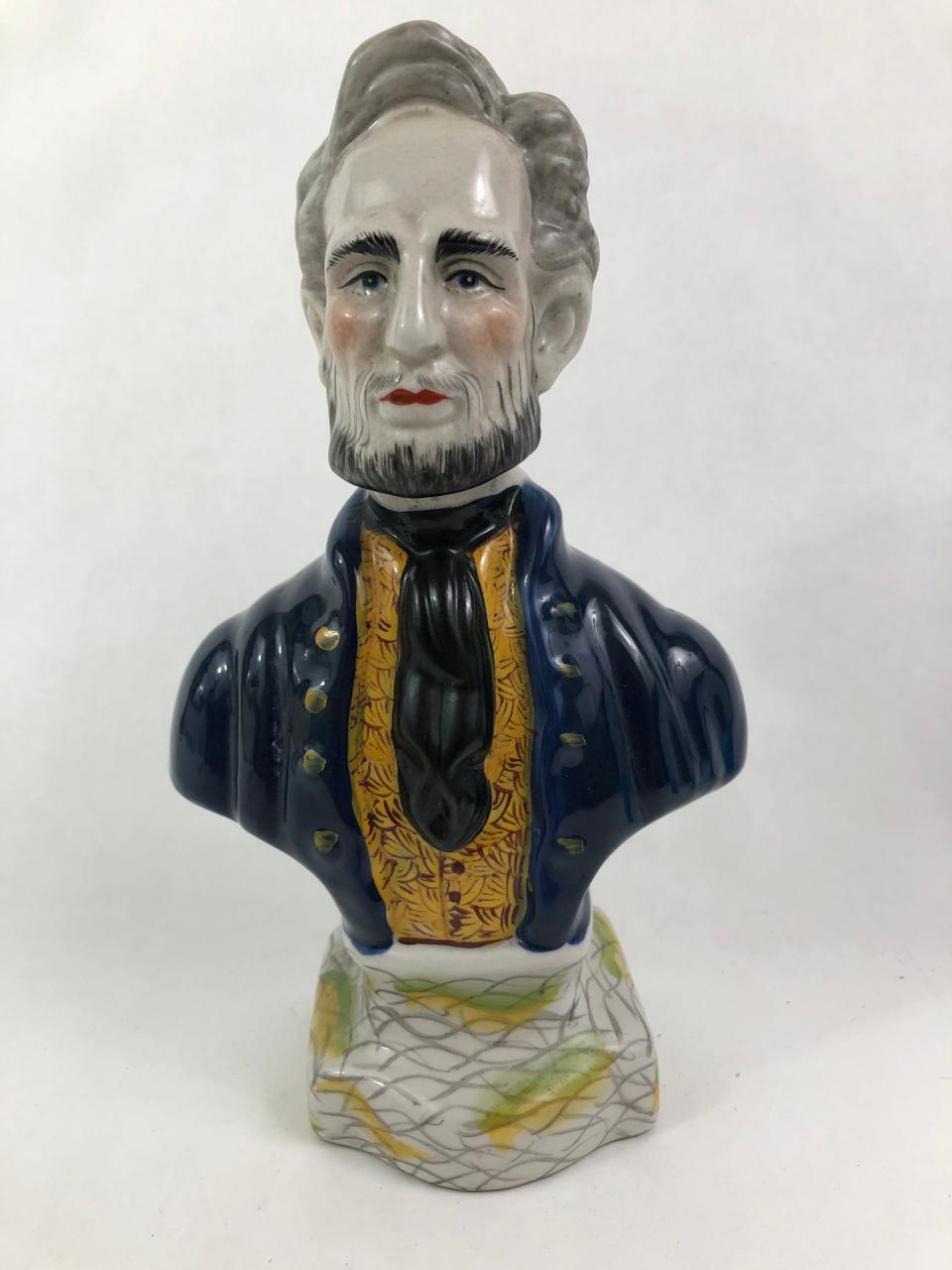Antiques: Does artificial intelligence extend to antiques?

A hot topic on everyone's lips these days is the recent introduction of ChatGPT, an artificial intelligence program that can seemingly converse on myriad topics. I am a card-carrying Luddite when it comes to most technologies, so this invention barely caused a ripple in my world. But the irony of asking this latest digital wunderkind about some of its analog ancestors was too rich to ignore.
Thus, read below some of ChatGPT's opinions as the new world reflects on the old.
When asked to identify five up-and-coming categories in the world of antiques, ChatGPT came up with a reasonable list. The first item was mid-century modern, a category with which we're all too familiar. The second was vintage technology, including such items as film cameras, rotary telephones and pre-Apple devices a la Blackberries. We've seen evidence of this trend at our gallery, so that's a legitimate reply. Third on the list was art deco, popular elsewhere but not particularly beloved here in the Coachella Valley. Next was Chinese antiques, of which there are certainly many collectors, and last on the list was industrial antiques. Not a bad start.
Next, when asked to present a list of antiques in decline, ChatGPT was equally loquacious. Top of that list was Victorian-era furniture, a category that has been on life support for at least the last decade. The term "brown furniture" has become a pejorative as today's buyers want lighter and more breezy furnishings. Depression-era glass was No.2 on the downward list, again reflecting our own gallery's experience.
Fine china and collectibles were the next two categories under pressure, and ChatGPT was right again. Formal dining with porcelain is now reserved for special occasions, only to be accompanied by the costly sterling silver now slowly tarnishing in a drawer. As for the collectibles craze during the 1990s, that is a distant memory as Hummel, Lladro, Royal Doulton and other brands have now become the stock-in-trade of thrift store.
Finally, antiquarian books made the disfavor list too, an undeniable but still regrettable trend. Let's hope that ChatGPT whiffed on that one.

As for which antique categories have increased the most in value in recent years, ChatGPT's response was similar to the above with the interesting addition of contemporary art and design. For the life of me, I'll never understand this category or its appeal, but it's clear that a lot of other people feel differently. Business has remained brisk for many contemporary gallerists, although the list of rock-star artists whose art commands big bucks is remarkably small.
Because of the often abstract nature of this art, it's also hard to identify the up-and-comers. Those who spout the "it's art if I say it's art" epigram remind me of the hoary joke about opera: Q: How do you know if you've seen a good opera? A: Because somebody told you so.
Finally, I had to ask ChatGPT if antique collecting would be more or less popular in the future, and there the digital fellow seemed to waffle. It will depend, ChatGPT wrote, on generational trends, cultural considerations, evolving styles and a bunch of other mushy stuff.
Antique collecting has been around since before the Middle Ages, so I think ChatGPT could have been a bit more definitive. Now and in the future, if you collect what you like and can afford, you can hardly go wrong.
Mike Rivkin and his wife, Linda, are longtime residents of Rancho Mirage. For many years, he was an award-winning catalogue publisher and has authored seven books, along with countless articles. Now, he's the owner of Antique Galleries of Palm Springs. His antiques column appears Sundays in The Desert Sun. Want to send Mike a question about antiques? Drop him a line at info@silverfishpress.com
This article originally appeared on Palm Springs Desert Sun: Antiques: Does artificial intelligence extend to antiques?

